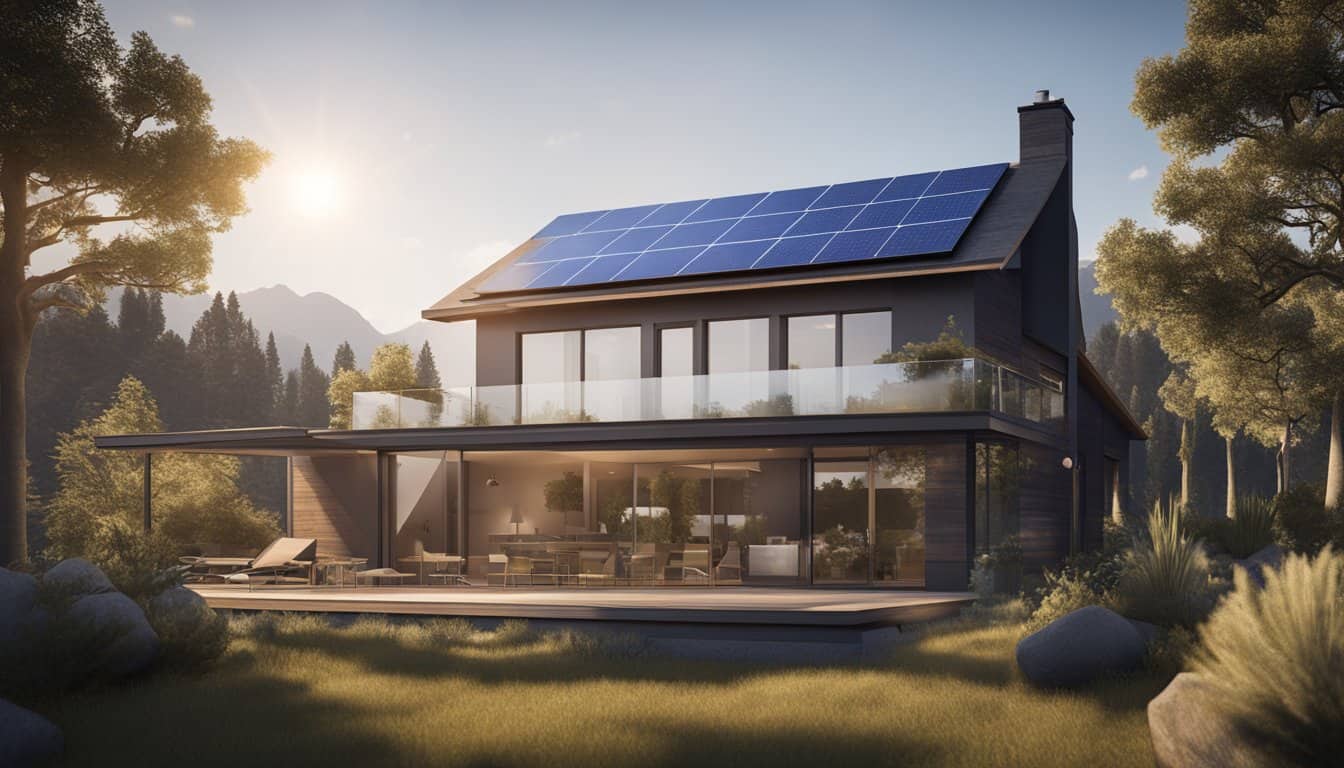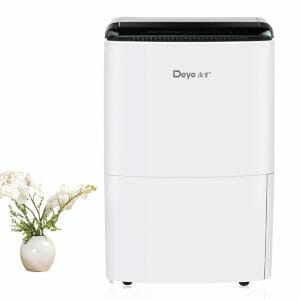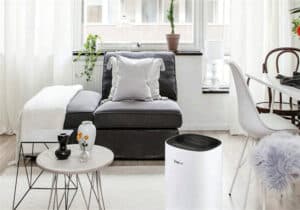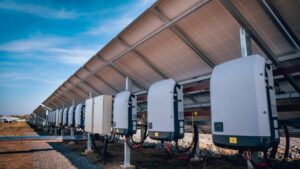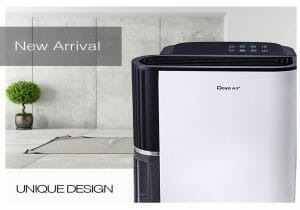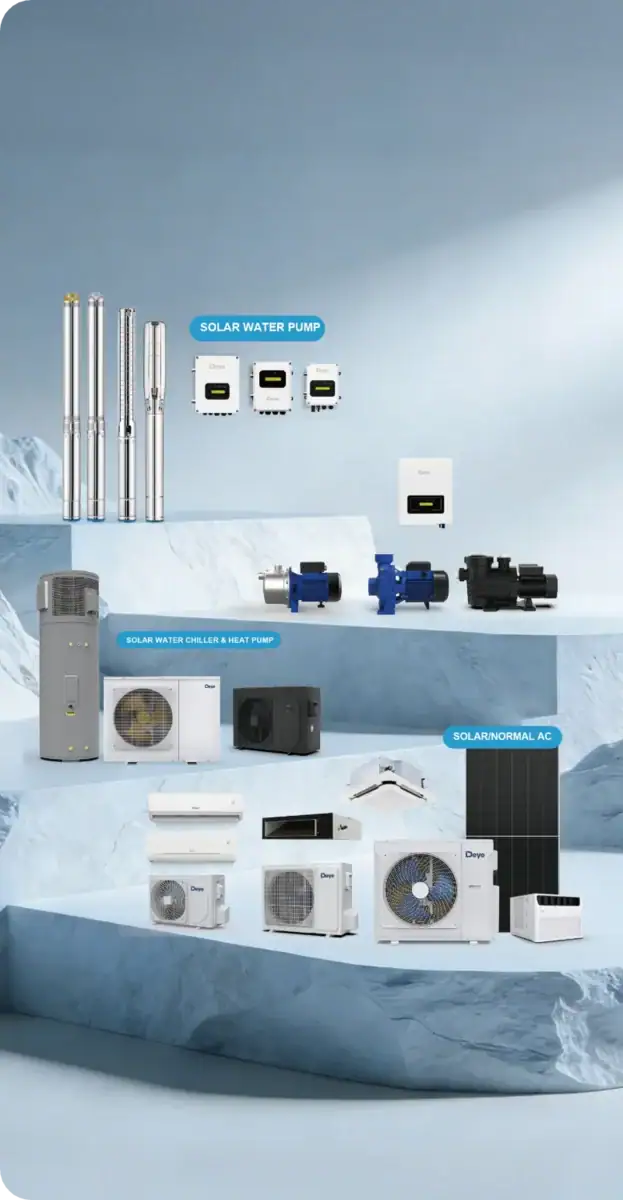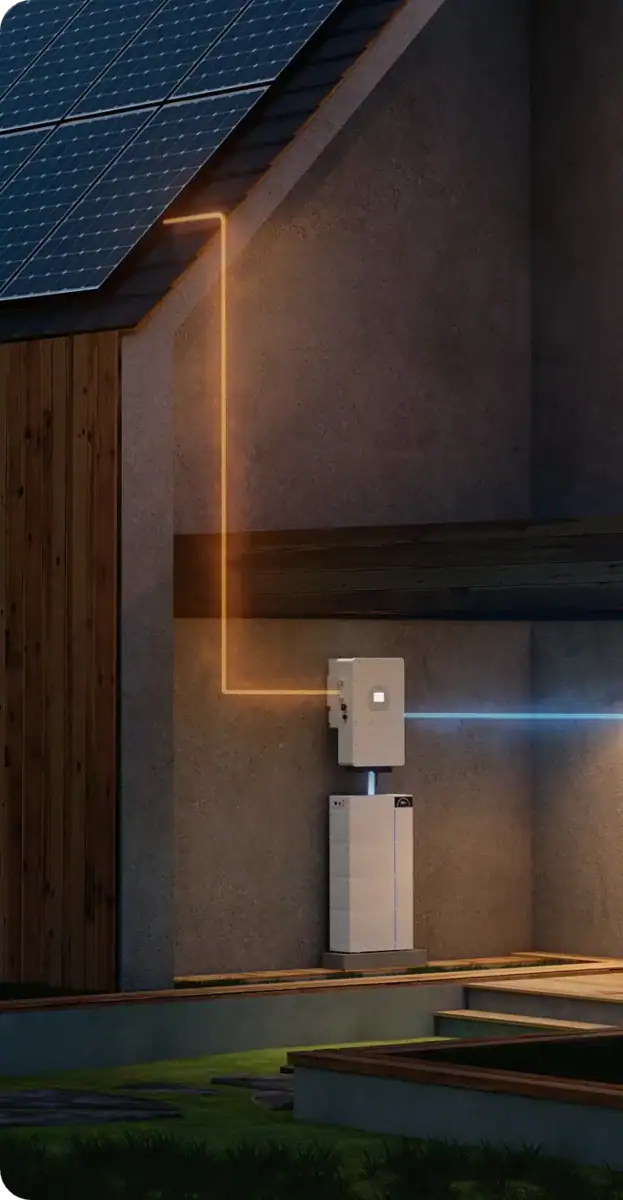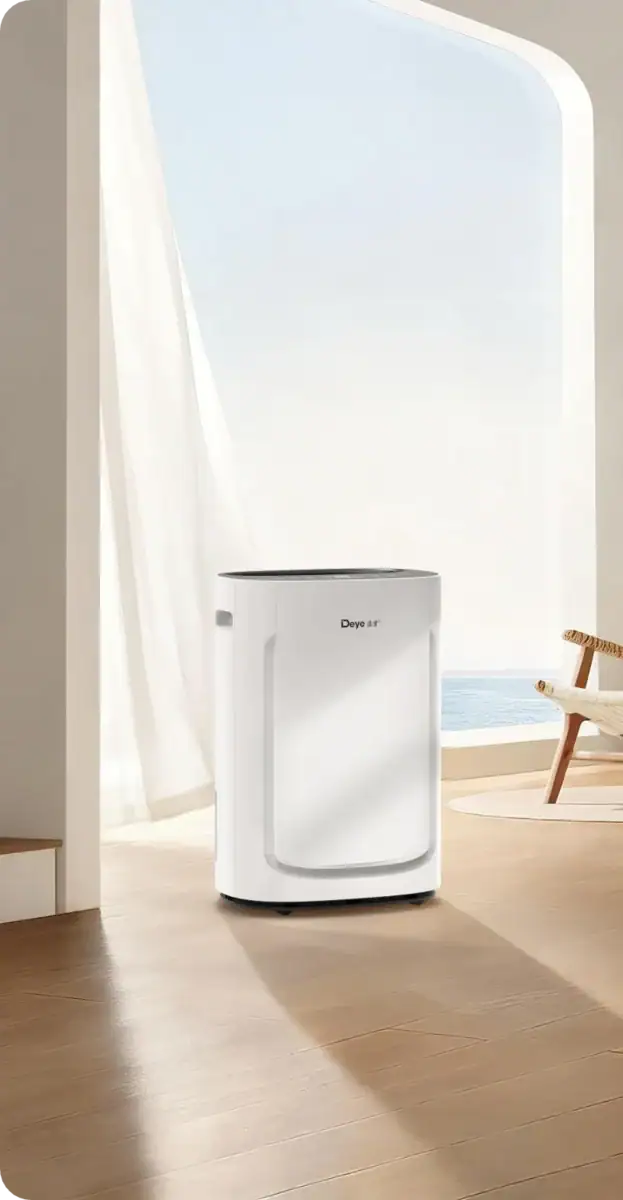While dehumidifiers can differ from model to model, they all operate on similar principles. In this article, we will identify the main factors of dehumidifier operation, as well as potential problems you may encounter.
Why does indoor humidity matter?
Humidity in the home can cause many problems.
Often it can lead to the cause of mold, mildew and damp, and can also lead to rooms feeling stuffy and smelling musty.

Less obvious are the potential health problems, as damp environments often harbour dust mites, the leading cause of asthma.
What does a dehumidifier do?
Dehumidifiers remove dust, dirt and moisture from the air, making the environment less attractive to dust mites and other insects and reducing the amount of moisture left to collect on cool surfaces, walls and windows.
Did you know that in a typical 3.5 kilo wash on a thousand spin cycle, there is around 1.5 kilos of retained water. Using a dehumidifier in your laundry room can dramatically speed up drying times.

When used in a central location, moisture from around the home will be drawn to the dehumidifier, and you may also notice that your rooms warm up faster when your heating system is on.

How long should a dehumidifier run per day?
You can safely run your dehumidifier for about 12 hours a day. Of course, the longer the run time, the better.
How does a dehumidifier work?
Home dehumidifiers reduce the humidity level in your home by drawing the room air through the appliance and removing the moisture.

The level of humidity reduction is regulated by the humidistat, or by a control board with a sensor.
When the humidistat or sensor detects the need to reduce the moisture in the air, the alternating current is sent to the compressor and the fan motor.

The compressor is part of a sealed refrigerant system that compresses the refrigerant and gas form, and pumps it through a set of condenser coils where the gas becomes a hot liquid.

The coils dissipate the heat as the liquid travels through them.
Once the refrigerant has passed through the condenser coils and the capillary tube, it travels to the evaporator coils.
As the refrigerant liquid enters these coils, it expands into a gas which makes the coils cold.
The gas flows through the coils to a suction line attached to the compressor.
The compressor will then pump the gas back into the condenser coils were at once again becomes a liquid and the cycle continues.

At the same time, the fan motor rotates a blade to draw the room’s humid air into the appliance where it condenses on the cold evaporator coils.


The condensation accumulates on the evaporator and drips into a bucket or is diverted through a hose to a floor drain.


The cooler air from the evaporator is heated as it passes through the condenser coils and is returned to the room.

This process continues until enough moisture has been removed from the air to satisfy the setting on the humidistat or the control board.
Most dehumidifier models are equipped with a bucket switch that will prevent the appliance from running if the bucket is full.

If you suspect the dehumidifier should be running when it’s not the buckets switch may be defective.
You can use a multimeter to test the switch for continuity to help determine if the switch is functioning or not.
Both the condenser and evaporator coils need proper airflow for the dehumidifier to work efficiently.
Over time these coils can collect dust, dirt and debris, so it’s a good idea to clean the coils regularly. Just be careful not to bend the fins.
If you hear the dehumidifier running, but no air is being exhausted, then it’s likely that the fan motor has failed and will need to be replaced.
If your model is equipped with an air filter, the filter will need to be clean from time to time to prevent frost from building up on the evaporator coils.
Most standard dehumidifier models require the room temperature to remain above 65°F or higher, for the appliance to work properly as lower temperatures can cause the evaporator coils to frost over.

If the temperature in your home regularly drops below 65°F, you will need to obtain a model that is specifically designated for lower temperature operation.

